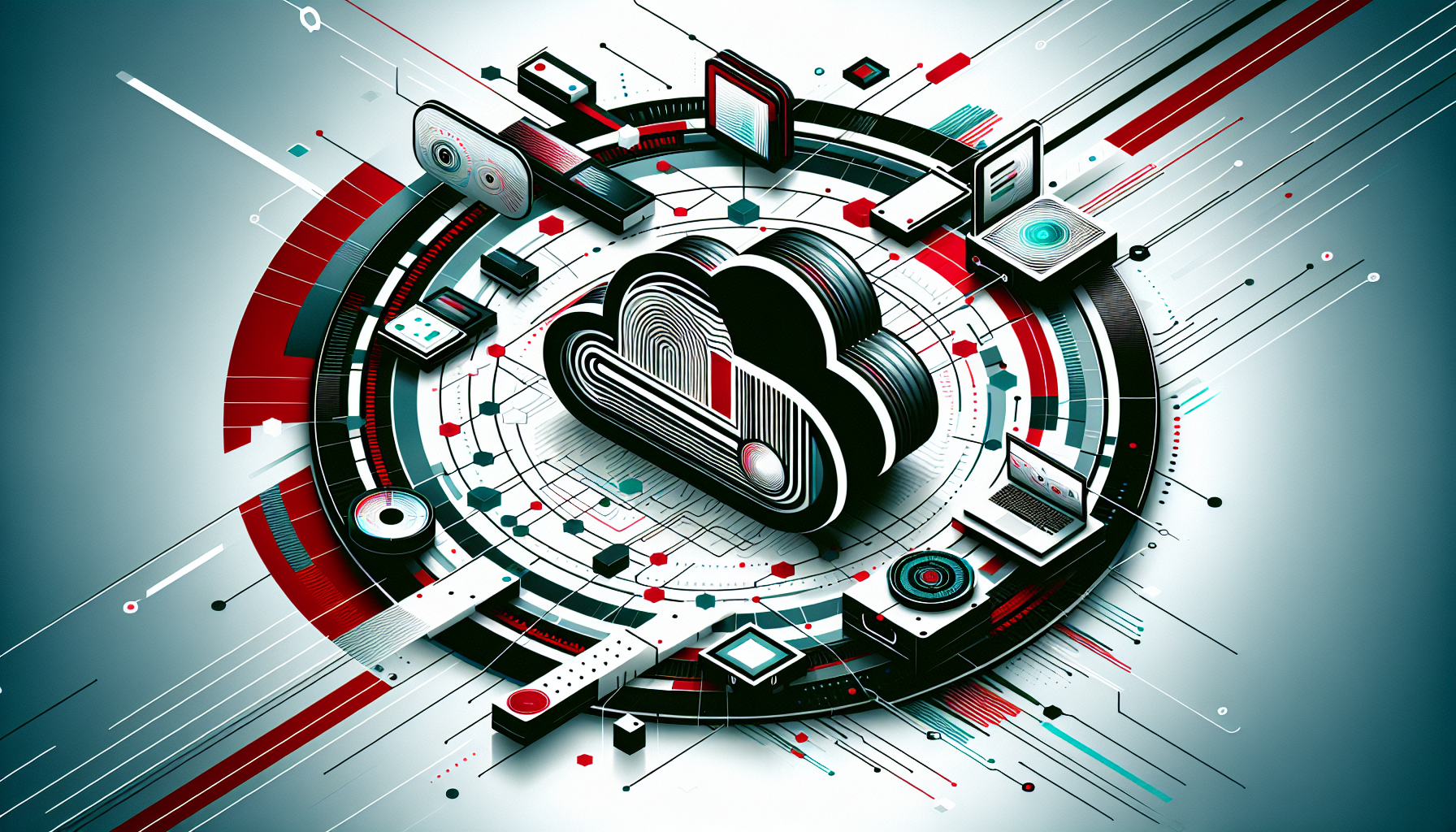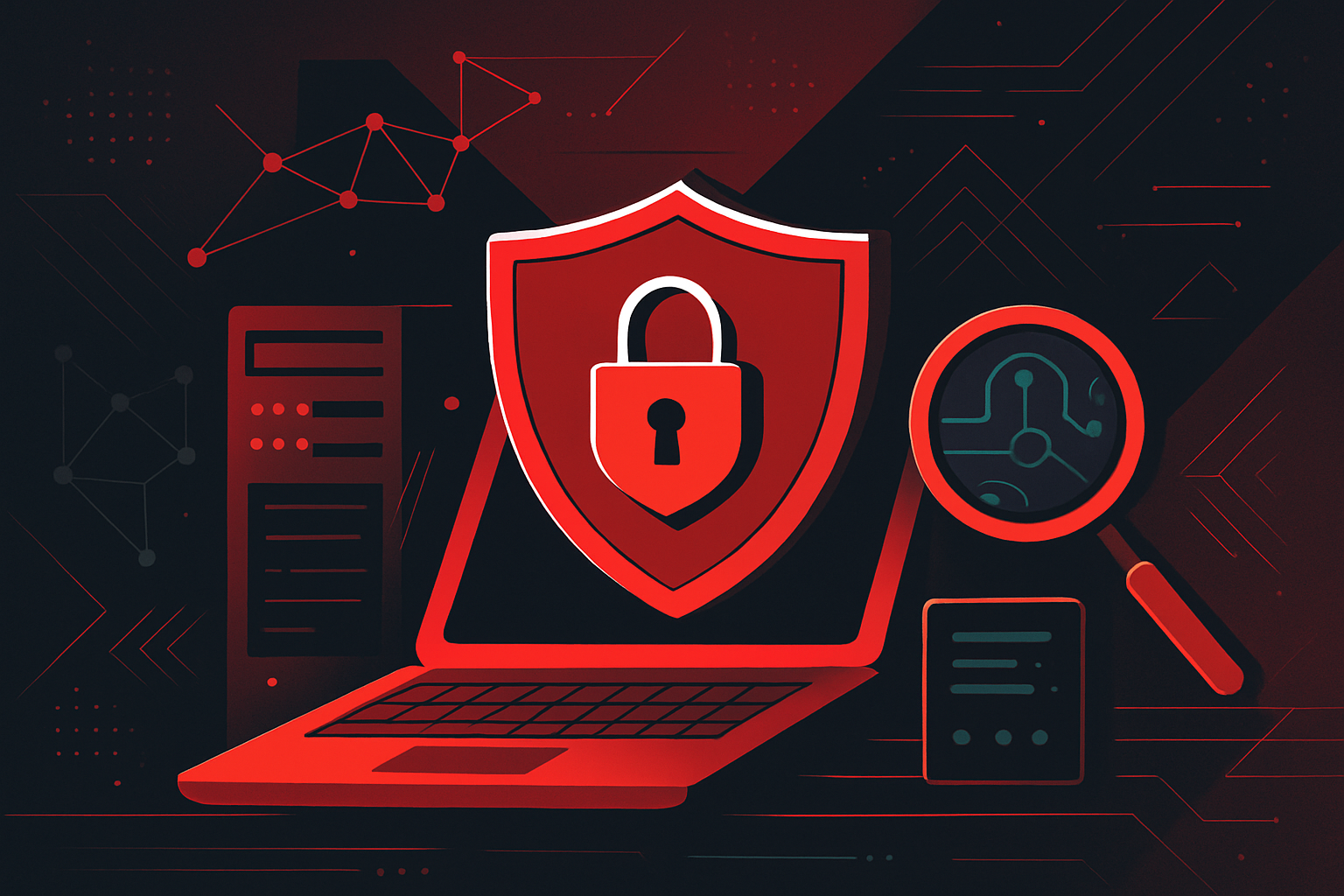Securing Cloud Environments: Best Practices for AWS, Azure, and Google Cloud

Identity and Access Management (IAM)
AWS IAM Best Practices
– Principle of Least Privilege: Grant only the permissions required for each user or service.
– Use IAM Roles: Assign roles to EC2 or Lambda functions instead of embedding credentials.
– Enable MFA: Require Multi-Factor Authentication for privileged users.
– Monitor with IAM Access Analyzer: Detect unintended access paths.
– Sample Policy:
json
{
"Version": "2012-10-17",
"Statement": [
{
"Effect": "Allow",
"Action": "s3:ListBucket",
"Resource": "arn:aws:s3:::example-bucket"
}
]
}
Azure Active Directory (AAD) Best Practices
– Role-Based Access Control (RBAC): Assign users and groups to roles at the lowest scope possible.
– Conditional Access: Apply policies to require MFA, device compliance, or location checks.
– Privileged Identity Management (PIM): Use for just-in-time access to sensitive roles.
– Service Principals & Managed Identities: Use managed identities for Azure resources to avoid hardcoding secrets.
Google Cloud IAM Best Practices
– Custom Roles: Create custom roles with only necessary permissions.
– Service Accounts & Workload Identity: Use service accounts for GCE/GKE and avoid key file distribution.
– Organization Policies: Restrict resource creation and API access at the organization or folder level.
– Audit Logs: Monitor Admin Activity and Data Access logs.
| Feature/Platform | AWS IAM | Azure AAD & RBAC | Google Cloud IAM |
|---|---|---|---|
| Fine-Grained Roles | Yes (IAM Policies) | Yes (RBAC) | Yes (Custom Roles) |
| MFA Support | Yes | Yes | Yes |
| Temporary Credentials | Yes (STS, Roles) | Yes (PIM, Managed ID) | Yes (Workload Identity) |
| Audit Logging | Yes (CloudTrail) | Yes (AAD Logs) | Yes (Cloud Audit Logs) |
Network Security
AWS
– VPC Segmentation: Use separate VPCs or subnets for isolation.
– Security Groups & NACLs: Control inbound/outbound traffic at both instance and subnet level.
– PrivateLink & VPC Endpoints: Access AWS services privately without internet exposure.
– Example: Restricting SSH Access with Security Groups
bash
aws ec2 authorize-security-group-ingress --group-id sg-123456 --protocol tcp --port 22 --cidr 203.0.113.0/32
Azure
– Network Security Groups (NSG): Assign NSGs to subnets/nics to restrict access.
– Application Gateway & Azure Firewall: Use for centralized traffic filtering and SSL termination.
– Private Endpoints: Expose PaaS services privately within the VNet.
Google Cloud
– VPC Firewall Rules: Define rules at the network or instance level.
– Private Google Access: Allow VMs to access Google APIs privately.
– VPC Service Controls: Create service perimeters to mitigate data exfiltration.
| Feature/Platform | AWS | Azure | Google Cloud |
|---|---|---|---|
| Instance Firewalls | Security Groups | NSGs | VPC Firewall Rules |
| Centralized Firewall | AWS Network Firewall | Azure Firewall | Google Cloud Firewall Rules |
| Private Service Access | VPC Endpoints | Private Endpoints | Private Google Access |
Data Protection
Encryption at Rest
– AWS: Enable server-side encryption (SSE) on S3, EBS, RDS. Use AWS KMS for key management.
bash
aws s3api put-bucket-encryption --bucket my-bucket --server-side-encryption-configuration '{"Rules":[{"ApplyServerSideEncryptionByDefault":{"SSEAlgorithm":"AES256"}}]}'
– Azure: Enable encryption on Storage Accounts, Disks, and Databases. Use Azure Key Vault for keys.
– Google Cloud: All data encrypted by default. Use CMEK (Customer-Managed Encryption Keys) for added control.
Encryption in Transit
– Enforce TLS for all endpoints (use HTTPS for S3, Blob, or GCS).
– Use managed certificates for load balancers or API gateways.
| Encryption Type | AWS | Azure | Google Cloud |
|---|---|---|---|
| At Rest | SSE, KMS, CMK | SSE, Key Vault | Default, CMEK, CSEK |
| In Transit | TLS Everywhere | TLS Everywhere | TLS Everywhere |
Monitoring and Logging
AWS
– CloudTrail: Log all API calls.
– CloudWatch: Monitor metrics, set alarms, and analyze logs.
– GuardDuty: Continuous threat detection.
Azure
– Azure Monitor: Collect and analyze telemetry.
– Azure Security Center: Centralized security management and threat protection.
– Log Analytics: Query and analyze logs.
Google Cloud
– Cloud Audit Logs: Record admin and data access.
– Cloud Monitoring: Metrics and alerting.
– Security Command Center: Threat detection and security recommendations.
| Monitoring Tool | AWS | Azure | Google Cloud |
|---|---|---|---|
| API Logging | CloudTrail | AAD/Activity Logs | Cloud Audit Logs |
| Metrics & Alarming | CloudWatch | Azure Monitor | Cloud Monitoring |
| Threat Detection | GuardDuty | Security Center | Security Command Center |
Vulnerability Management
AWS
– Inspector: Automated vulnerability assessment for EC2 and Lambda.
– Systems Manager Patch Manager: Automate patching across instances.
Azure
– Defender for Cloud: Threat and vulnerability management.
– Update Management: Monitor and automate VM patching.
Google Cloud
– Security Health Analytics: Vulnerability findings for GCP resources.
– OS Patch Management: Automate OS patching for Compute Engine.
Secrets Management
- AWS Secrets Manager / Parameter Store: Store and rotate credentials, API keys, and database secrets.
- Azure Key Vault: Secure secret storage and access policies.
- Google Secret Manager: Centralized secret management with IAM controls.
Example: Storing a Secret in AWS Secrets Manager
aws secretsmanager create-secret --name prod/db_password --secret-string "myS3cret!"
Secure Application Deployment
- Use IaC (Infrastructure as Code):
- AWS: CloudFormation, Terraform
- Azure: ARM Templates, Bicep, Terraform
- GCP: Deployment Manager, Terraform
- Implement CI/CD Security:
- Scan code for secrets before deployment.
- Use signed container images (ECR, ACR, GCR).
- Restrict IAM permissions for build pipelines.
Automated Compliance and Remediation
- AWS Config: Track configuration changes and compliance.
- Azure Policy: Enforce rules and auto-remediate non-compliant resources.
- GCP Organization Policy: Prevent resource misconfiguration.
Example: Enforcing Storage Encryption Policy (Azure)
{
"if": {
"allOf": [
{
"field": "type",
"equals": "Microsoft.Storage/storageAccounts"
},
{
"field": "Microsoft.Storage/storageAccounts/encryption.enabled",
"equals": "false"
}
]
},
"then": {
"effect": "deny"
}
}
Summary Table: Key Cloud Security Best Practices
| Category | AWS | Azure | Google Cloud |
|---|---|---|---|
| Identity & Access | IAM, MFA, IAM Roles | AAD, RBAC, PIM | IAM, Service Accounts, Org Policies |
| Network Security | VPC, SG, NACL, PrivateLink | VNets, NSGs, Firewall, Private Endpoints | VPC, Firewall Rules, Service Controls |
| Data Protection | SSE, KMS, S3 Block Public Access | Disk/Storage Encryption, Key Vault | Default Encryption, CMEK/CSEK |
| Monitoring & Logging | CloudTrail, CloudWatch, GuardDuty | Monitor, Log Analytics, Security Center | Audit Logs, Monitoring, SCC |
| Vulnerability Mgmt | Inspector, Patch Manager | Defender for Cloud, Update Mgmt | Security Health Analytics |
| Secrets Management | Secrets Manager, Parameter Store | Key Vault | Secret Manager |
| Compliance | AWS Config, Security Hub | Azure Policy | Organization Policy |
Actionable Checklist
- [ ] Enforce least privilege IAM policies and MFA.
- [ ] Segregate networks and restrict access via firewalls.
- [ ] Encrypt data at rest and in transit using managed keys.
- [ ] Enable comprehensive logging and monitoring.
- [ ] Regularly scan for vulnerabilities and automate patching.
- [ ] Use managed secrets stores, never hardcode credentials.
- [ ] Automate compliance checks and remediation with native tools.
- [ ] Secure CI/CD pipelines and automate security validation in deployments.





0 thoughts on “Securing Cloud Environments: Best Practices for AWS, Azure, and Google Cloud”